So, I’ve read a few romance books now in my newfound love of all things lovey dovey, but I don’t feel like I’ve read enough of them to do really big chunky reviews like I do for SFFH, I know nothing about the genre yet and no one wants to read another “it’s a bit like Pride and Prejudice” take so I’ve decided to do a sort of listicle review of the few I’ve read so far this year. So here we go, my romance reads of 2020 so far:
Adult Romance
 Bringing Down the Duke by Evie Dunmore – ♥♥♥♥
Bringing Down the Duke by Evie Dunmore – ♥♥♥♥
This first one follows Annabelle, an Oxford student whose way is paid by the suffragists as long as she campaigns for them, and she seems to keep running into the same very sexy duke during her campaigning who just happens to be their political enemy! This book is the first adult romance book I’ve ever read and it was an incredible experience so it’ll probably stay a favourite for me. It has literally everything; suffragists, castles, the fucking queen, dramatic horseback rides, amazing sex scenes, brilliant characters, and, my fave, realistically harsh feedback from a university tutor. I feel like it didn’t sweep me up that much, but as I was new to the genre when I read it I might return to it and see what I think.
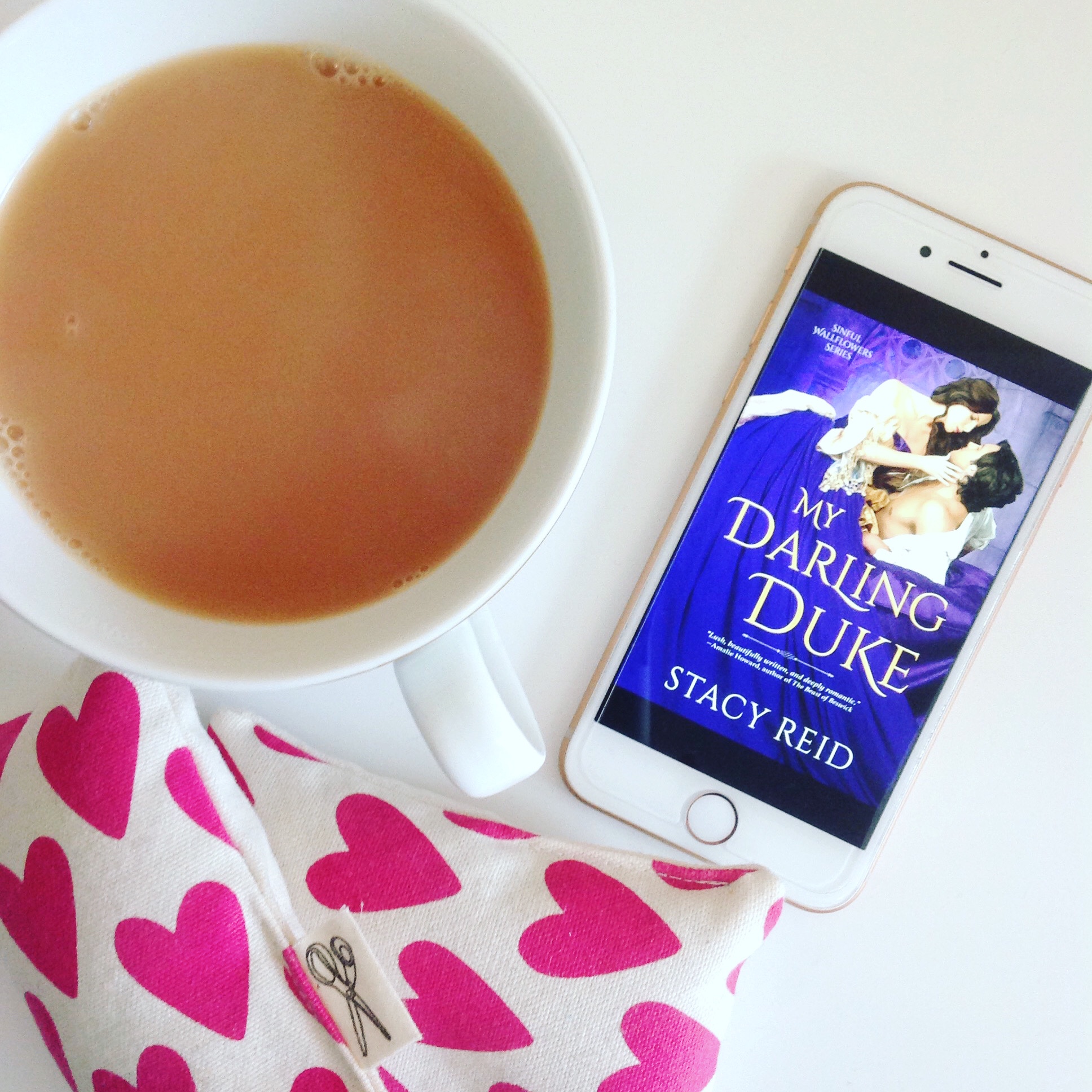 My Darling Duke by Stacy Reid – ♥♥♥♥♥
My Darling Duke by Stacy Reid – ♥♥♥♥♥
The second of my adult romance reads I think my love for the genre really started with this book. It’s about Kitty Danvers, a woman who needs to make sure her sisters find good matches and are comfortably married, and she decides to ruin her own reputation to do it. She pretends to be engaged to a reclusive duke to bring her sisters up in society and marry them off, but then her duke (scarred and disabled in an accident) reenters society and sparks start flying. This is a loose beauty and the beast retelling and the series (Sinful Wallflowers) focuses on women who have been put on the shelf by society getting into all sorts of scandals so they basically don’t end up alone and bored forever. It’s pretty amazing, and though I know there’s nothing terribly out of the ordinary for romance I started to really appreciate the tropes and feelings and just really fell into it. I love this book.
 Surrender to Sin by Nicola Davidson – ♥♥♥
Surrender to Sin by Nicola Davidson – ♥♥♥
Surrender to Sin is about Grace, a young woman about to be forced into an unwanted marriage who decides to ruin her reputation by creating a public scandal with a renowned brothel owner Sebastian AKA Sin. This book was more erotica than romance, but I thought I’d give it a go and although I LOVED the sex scenes (Nicola Davidson really has a gift) I didn’t feel like the romance was based on much else other than mutual kinks. Which would have been fine had it not been a little less marriage plot-y but I didn’t believe the true love too much. Still, a pro sex work erotic novella with actual plot (I’ve only read plotless porno erotica before now) and a high speed carriage chase! Yes please, I’ve already bought the second book in the series!
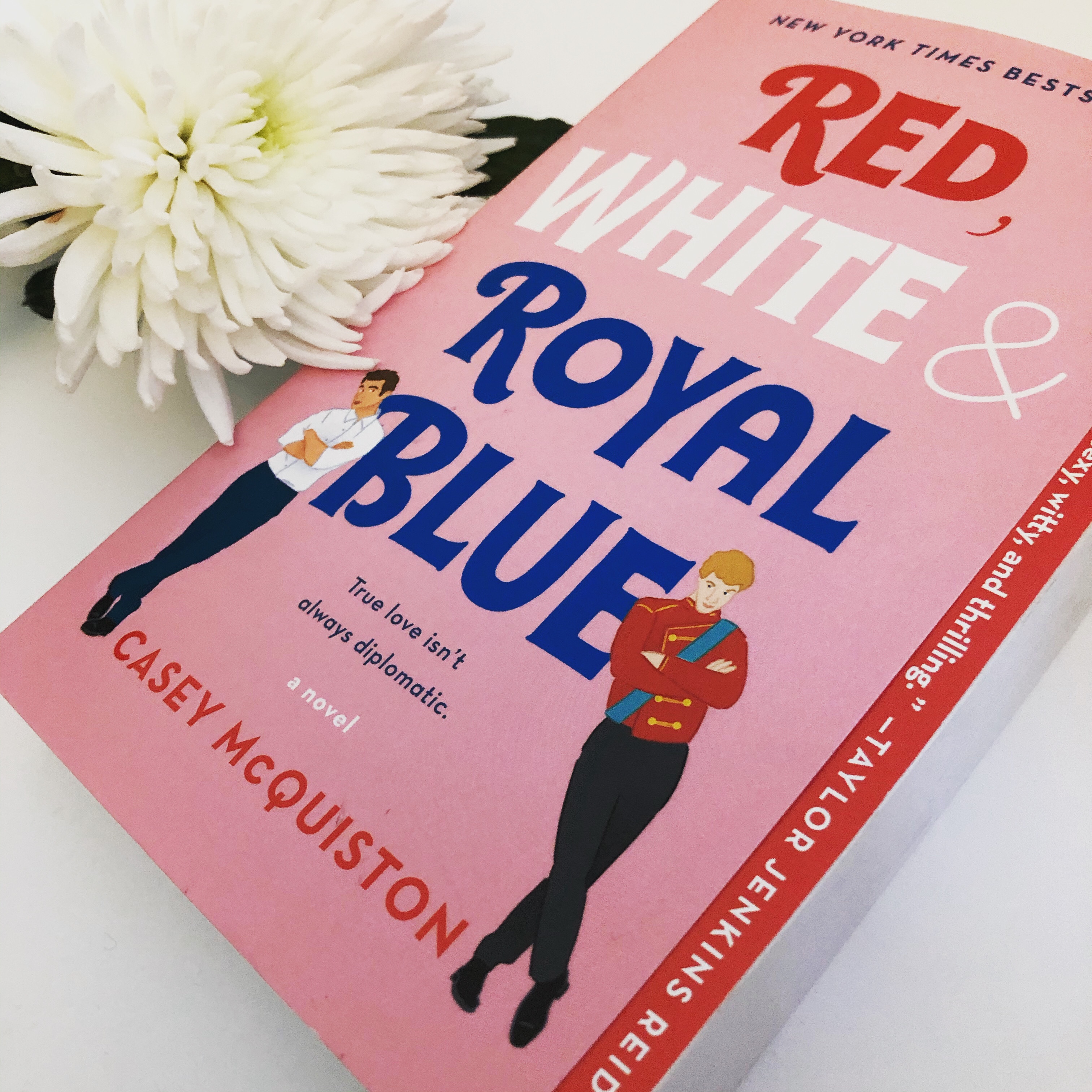 Red, White & Royal Blue by Casey McQuiston – ♥♥♥♥♥
Red, White & Royal Blue by Casey McQuiston – ♥♥♥♥♥
The first contemporary romance and the first MM romance on the list, RW&RB is about the son of the president, Alex, and a prince of England, Henry, falling in love. It’s pretty much beautiful, and it’s the first political novel I’ve ever been interested in without any dragons in it. This book really surprised me, I had been clinging to my comfy historical romance blankie (and I still am) but this was just lovely. My favourite thing about it was these two characters who are literature and history nerds writing each other love letters through email and signing off with excerpts from famous love letters it completely melted my heart.
YA Romance
 To All the Boys I’ve Loved Before by Jenny Han – ♥♥♥♥
To All the Boys I’ve Loved Before by Jenny Han – ♥♥♥♥
This one, as we all know (and if you don’t watch the Netflix films because they’re amazing) is about Lara Jean, writer of secret love letters, whose love letters get sent out to all her various crushes. In order to make one recipient jealous she fake dates even hotter love letter recipient, Peter Kavinsky, and sweet jesus is this adorable. I read it in like a day. It didn’t entirely blow my mind, I’ve read this sort of YA before but I really enjoyed it.
 PS. I Still Love You by Jenny Han – ♥♥♥♥♥
PS. I Still Love You by Jenny Han – ♥♥♥♥♥
This was my favourite book in the trilogy. This never happens, I never love the middles of trilogies, except for High School Musical 2. In this one a much better, much more handsome letter recipient, John Ambrose McClaren, turns up just as Lara Jean is getting super jealous of Peter’s ex-girlfriend. This book was incredible. It rekindled my love triangle obsession. I have no notes, good job Jenny Han, keep it up.
 Always and Forever, Lara Jean by Jenny Han – ♥♥♥
Always and Forever, Lara Jean by Jenny Han – ♥♥♥
Okay, final book here. This one is a little bittersweet, young high school loves are preparing to go off to college and they don’t get into the same schools, shocker. I didn’t feel the same enjoyment with this one, I really dug the college narrative and the growth of the characters, but the romance felt a bit dead to me, hence the bittersweet. I still enjoyed it, but anything would be a let down after the incredible PS I Still Love You.
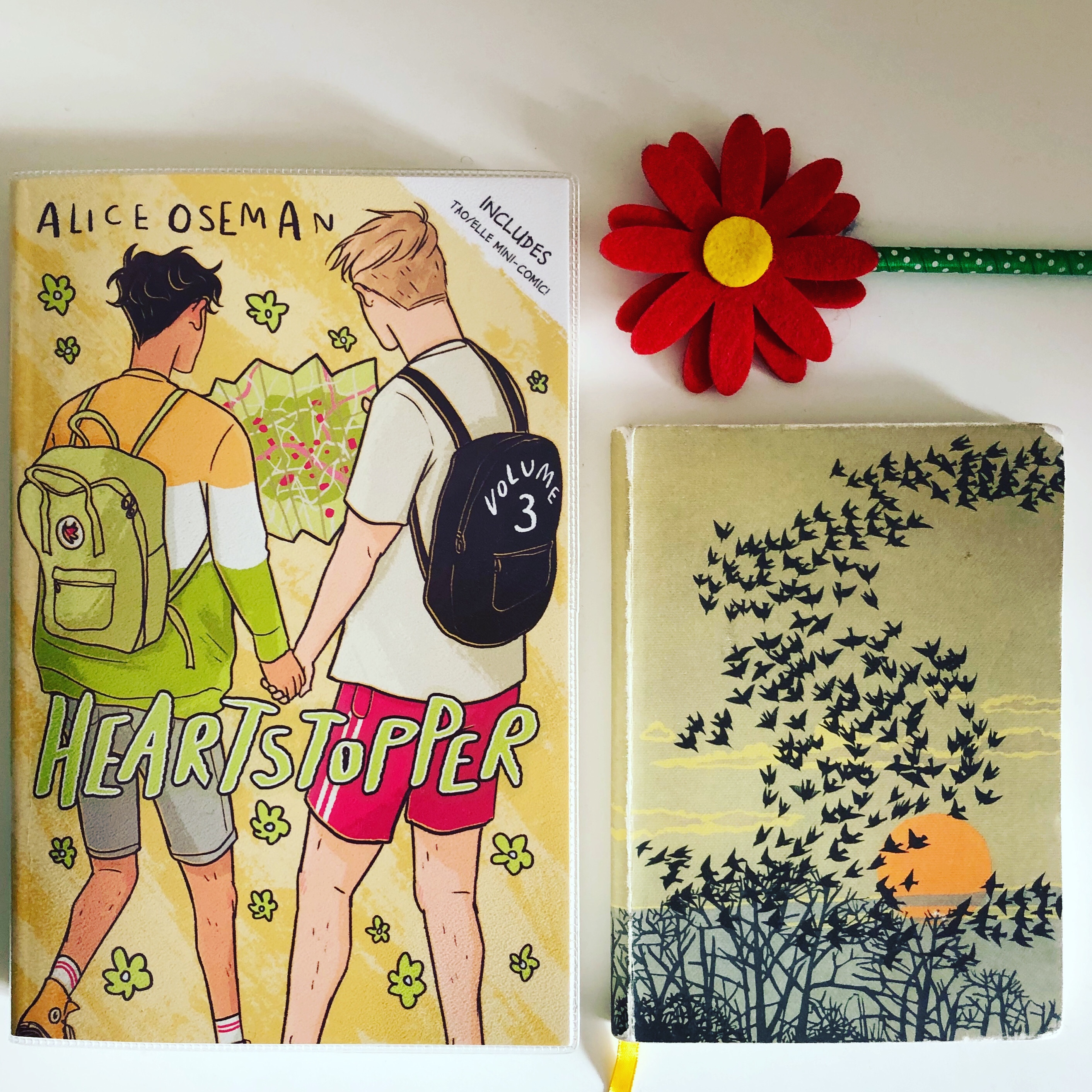 Heartstopper Vol. 3 by Alice Oseman – ♥♥♥♥♥
Heartstopper Vol. 3 by Alice Oseman – ♥♥♥♥♥
The first graphic novel and the second MM romance on this list, I read the first two last year and I’d give them both 5 hearts too FYI. This installment is all about Nick and Charlie going on a school trip to France together. It’s honestly the purest, fluffiest, happiest read of my life. Of course I’ve read the novellas in this series and I know this is sort of where it starts to get a little dark for Charlie and that began towards the end but Oseman spared me the heartache this time and didn’t shine too harsh of a light on it. Probably the most diverse romance books I’ve ever read. Everyone needs these comics.
There were a couple other romantic reads this year, but they were related to Gail Carriger’s Parasol Protectorate series which is a sort of romantic paranormal steampunk alt history saga of whimsical brilliance that deserves its own novel length post so I will definitely come back to Gail Carriger when I have about a year free to rant about how much I love her.


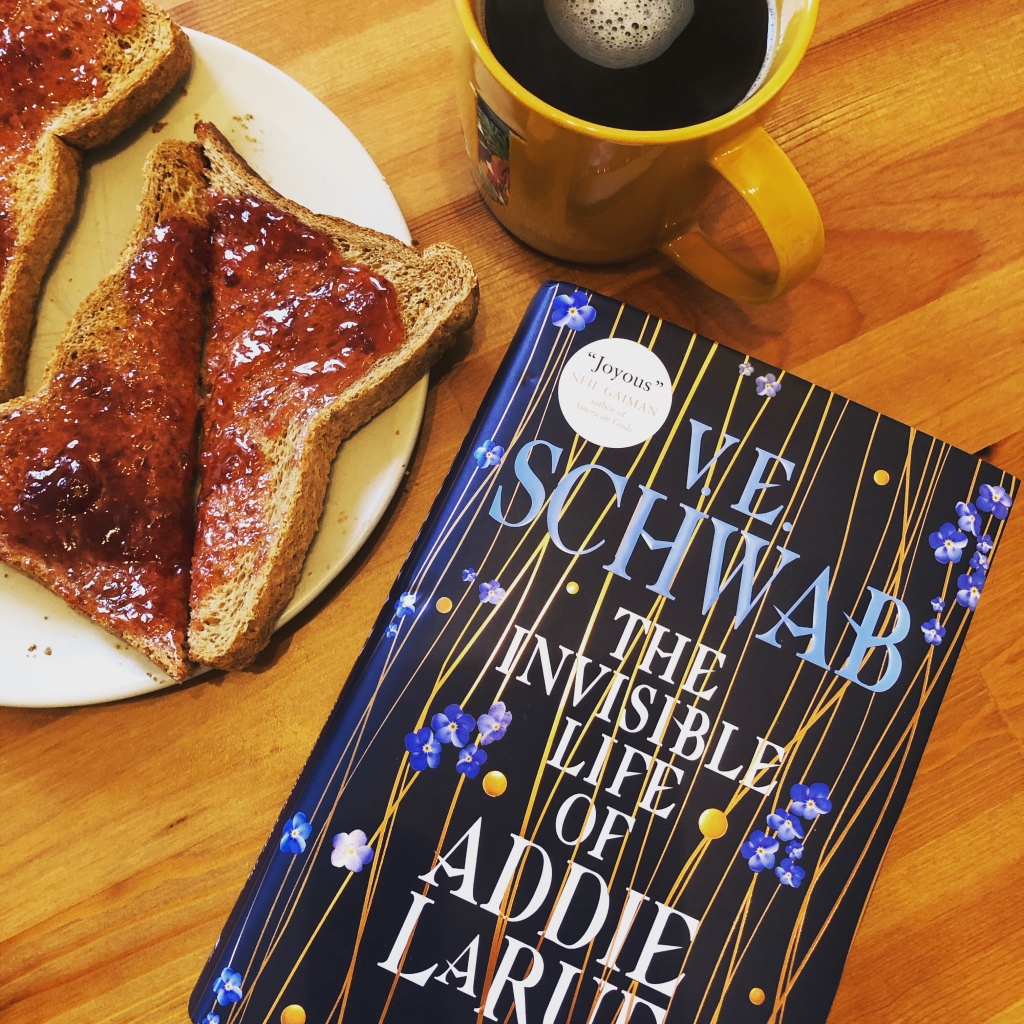
 Let’s start with what I enjoyed because I like to start positive; I loved, loved, LOVED how the daemons were explored in this book. They are treated in the other books like a complete unquestionable certainty; your daemon settles you get some Dust, you’re an adult. Of course now that Lyra is older, is studying at university, and has lived through some shit it becomes clear that daemons aren’t as black and white as Mrs Coulter once implied. We see many different stories through Lyra’s travels of different people in different and strange circumstances with their daemons whilst Lyra suffers a strange new relationship with her own Pan.
Let’s start with what I enjoyed because I like to start positive; I loved, loved, LOVED how the daemons were explored in this book. They are treated in the other books like a complete unquestionable certainty; your daemon settles you get some Dust, you’re an adult. Of course now that Lyra is older, is studying at university, and has lived through some shit it becomes clear that daemons aren’t as black and white as Mrs Coulter once implied. We see many different stories through Lyra’s travels of different people in different and strange circumstances with their daemons whilst Lyra suffers a strange new relationship with her own Pan.
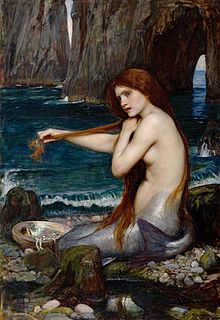 We all know what mermaids are, sexy fish-tailed ladies with flowing locks and lovely voices who tempt sailors to their doom. They aren’t the only ones who do this in folklore, there’s sirens, rusalkas, huldras, selkies, and about a million other terrible women who are completely at fault for the men chasing them. A mermaid, like a selkie, usually has a kind of love story to go along with their tales (ha); they either pursue a human man and either succeed and gain a soul or die and turn to sea foam, or they are stolen like Selkies with magical objects like combs, pearls, dinglehoppers you get it.
We all know what mermaids are, sexy fish-tailed ladies with flowing locks and lovely voices who tempt sailors to their doom. They aren’t the only ones who do this in folklore, there’s sirens, rusalkas, huldras, selkies, and about a million other terrible women who are completely at fault for the men chasing them. A mermaid, like a selkie, usually has a kind of love story to go along with their tales (ha); they either pursue a human man and either succeed and gain a soul or die and turn to sea foam, or they are stolen like Selkies with magical objects like combs, pearls, dinglehoppers you get it.
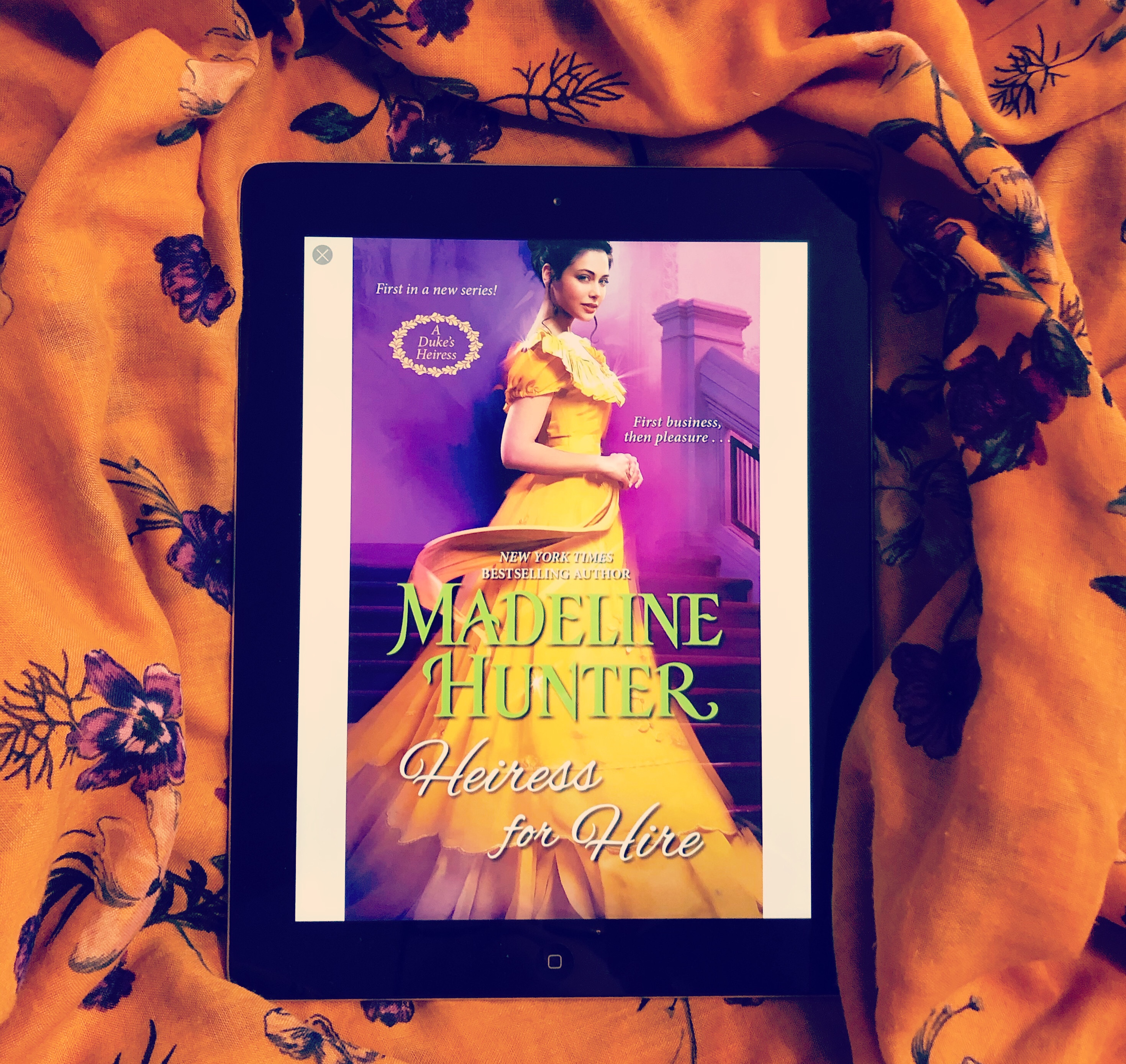 Heiress for Hire by Madeline Hunter, follows Minerva Hepplewhite, a young widow who has been left a massive portion of a Duke’s riches unexpectedly. Unexpectedly because she never once met the man. Enter Chase Randor (Chase is such a top notch romance hero name) the nephew of the Duke with a long standing career in solving mysteries. Both Minverva and Chase pursue the same goal; finding out what lead to the Duke’s death, and start to get in each others way.
Heiress for Hire by Madeline Hunter, follows Minerva Hepplewhite, a young widow who has been left a massive portion of a Duke’s riches unexpectedly. Unexpectedly because she never once met the man. Enter Chase Randor (Chase is such a top notch romance hero name) the nephew of the Duke with a long standing career in solving mysteries. Both Minverva and Chase pursue the same goal; finding out what lead to the Duke’s death, and start to get in each others way. Bringing Down the Duke by Evie Dunmore – ♥♥♥♥
Bringing Down the Duke by Evie Dunmore – ♥♥♥♥ My Darling Duke by Stacy Reid – ♥♥♥♥♥
My Darling Duke by Stacy Reid – ♥♥♥♥♥ Surrender to Sin by Nicola Davidson – ♥♥♥
Surrender to Sin by Nicola Davidson – ♥♥♥ Red, White & Royal Blue by Casey McQuiston – ♥♥♥♥♥
Red, White & Royal Blue by Casey McQuiston – ♥♥♥♥♥ To All the Boys I’ve Loved Before by Jenny Han – ♥♥♥♥
To All the Boys I’ve Loved Before by Jenny Han – ♥♥♥♥ PS. I Still Love You by Jenny Han – ♥♥♥♥♥
PS. I Still Love You by Jenny Han – ♥♥♥♥♥ Always and Forever, Lara Jean by Jenny Han – ♥♥♥
Always and Forever, Lara Jean by Jenny Han – ♥♥♥ Heartstopper Vol. 3 by Alice Oseman – ♥♥♥♥♥
Heartstopper Vol. 3 by Alice Oseman – ♥♥♥♥♥


 The Deathless Girls follows two young Traveller women Kizzy and Lil, twins, who have a run in with the great vampyre himself, Dracula. The book is basically an explanation of sorts of the origin of Dracula’s brides, at least the two dark haired brides, and it is thrilling. Despite knowing the outcome I became so attached to the characters I convinced myself that it might change, they might be saved, it all might turn out right. It didn’t.
The Deathless Girls follows two young Traveller women Kizzy and Lil, twins, who have a run in with the great vampyre himself, Dracula. The book is basically an explanation of sorts of the origin of Dracula’s brides, at least the two dark haired brides, and it is thrilling. Despite knowing the outcome I became so attached to the characters I convinced myself that it might change, they might be saved, it all might turn out right. It didn’t.